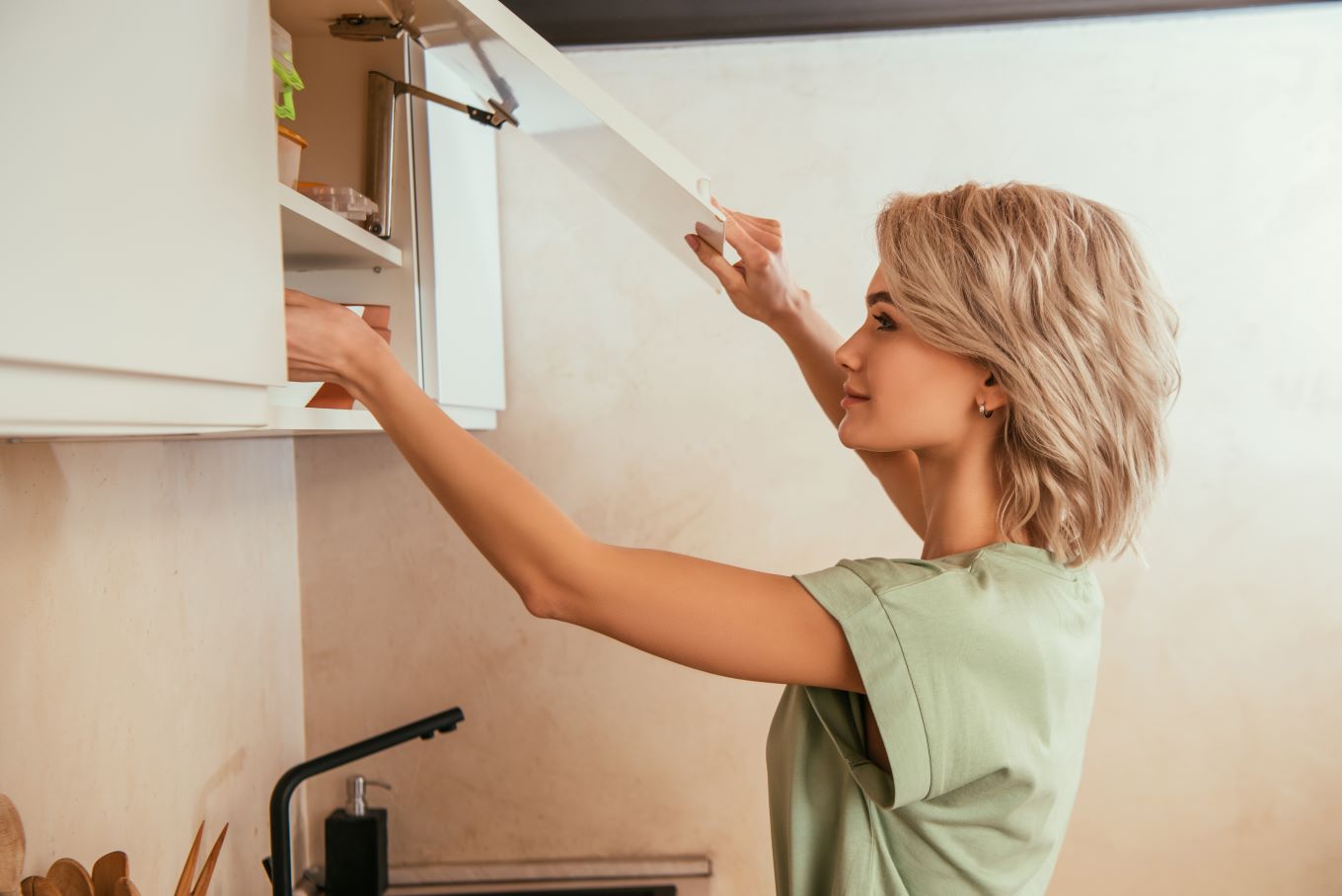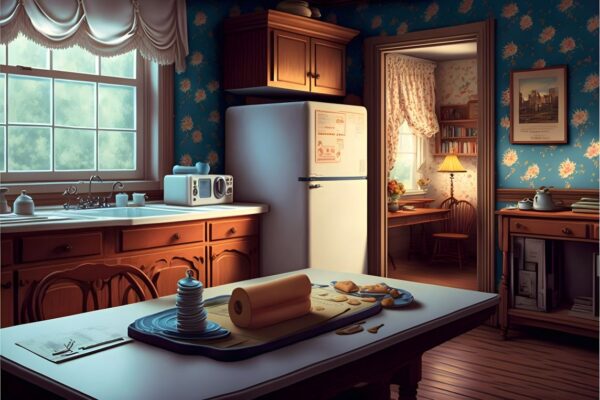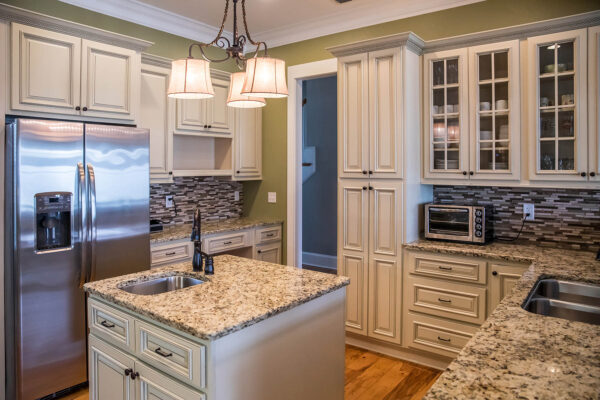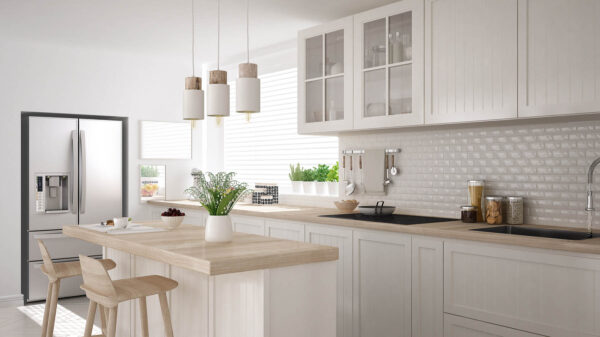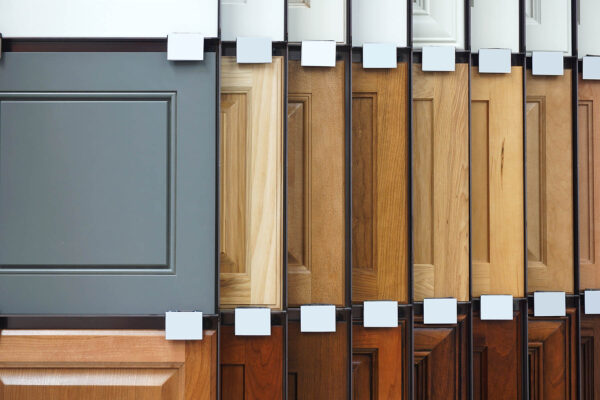Does Opening Cabinets Keep Pipes from Freezing? Winter can turn our homes into cozy retreats with the warmth of firesides and hot cocoa. However, it also brings the risk of frozen pipes, a problem that can escalate into a homeowner’s nightmare if not addressed promptly. One commonly heard piece of advice is to open your cabinets to keep the pipes from freezing. But does it actually work? This blog post aims to delve deeper into this question and explore other measures you can take to prevent pipe freezing.
Does Opening Cabinets Keep Pipes from Freezing?
Yes, opening kitchen and bathroom cabinets can help prevent pipes from freezing during extremely cold weather. This is particularly true for pipes located on exterior walls or in uninsulated areas of a home. When you open your cabinets, it allows the warmer air from the rest of your house to circulate around the pipes, thereby reducing the risk of them freezing.
However, while this can help, it’s not a foolproof method. If the temperature drops significantly and stays below freezing for an extended period, the pipes may still freeze.
Opening Cabinets: A Practical Trick?
Opening kitchen and bathroom cabinets can indeed help prevent pipes from freezing during cold weather. This practice is particularly useful for pipes located on exterior walls or in poorly insulated areas. When cabinets are left open, it allows the home’s warm air to circulate around the pipes, reducing the risk of freezing.
However, it’s important to understand that while this tip can help, it isn’t foolproof. If the temperature drops significantly and remains below freezing for an extended period, the pipes may still freeze despite your open cabinets. Therefore, it’s crucial to adopt a multi-faceted approach to protect your pipes during the cold months.
Comprehensive Measures to Prevent Pipe Freezing
To effectively prevent your pipes from freezing, consider the following measures:
- Insulate Your Pipes: This is perhaps the most effective way to protect your pipes from freezing. Pipe insulation provides an extra layer of protection and is particularly useful for pipes in unheated areas like basements and garages. Various types of pipe insulation are available on the market, such as foam or fiberglass sleeves, that can be fitted around your pipes.
- Maintain Consistent Indoor Temperature: Keep the heat on both day and night to ensure a consistent temperature throughout your home. This measure is not just about comfort; it’s also about preventing cold spots where pipes might freeze.
- Seal Cracks and Openings: Check your home’s walls, windows, and foundation for any cracks or openings. These can let in cold air, which could lead to frozen pipes. Use caulk or spray foam insulation to seal these areas.
- Let Faucets Drip: If you expect an extremely cold night, let your faucets drip slightly. Moving water is less likely to freeze.
When Pipes Freeze: What to Do?
Despite your best efforts, sometimes pipes still freeze. If you find yourself in this situation, act quickly to prevent further damage:
- Locate the Frozen Area: If a faucet isn’t running or a toilet isn’t refilling, the pipe leading to it is likely frozen.
- Open the Faucet: Open the faucet connected to the frozen pipe. This action will provide relief for the pressure build-up and allow water to escape once the pipe starts to thaw.
- Apply Heat: Use a hairdryer, a heating pad, or hot towels to gradually thaw the frozen area of the pipe. Avoid using an open flame as it can damage the pipe and pose a fire risk.
- Call a Professional: If you can’t locate the frozen area, if the area is not easily accessible, or if despite your efforts, the pipe does not thaw, call a licensed plumber.
In the battle against freezing pipes, opening your cabinets can be a useful strategy. However, it’s just one of many steps homeowners should take to protect their pipes during the colder months. By combining these measures, you can significantly reduce the risk of frozen pipes and the subsequent headaches and costs that can ensue. Remember, winterizing your home is an essential part of home maintenance, and protecting your pipes should be high on the list. So, does opening cabinets keep pipes from freezing? Yes, it can help, but there are other steps that must be taken as well.
